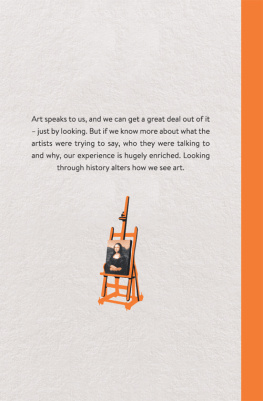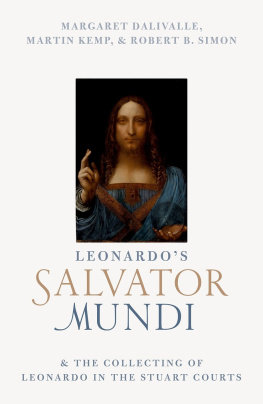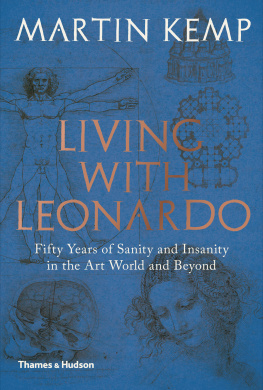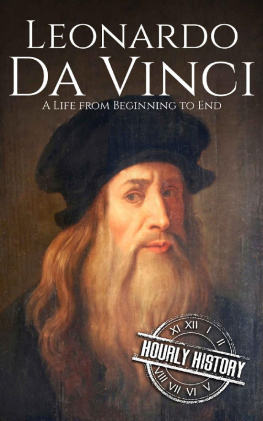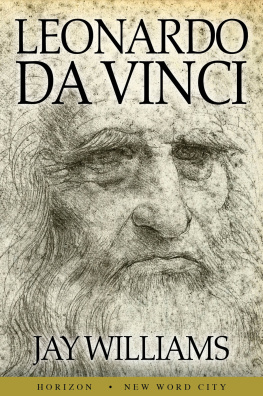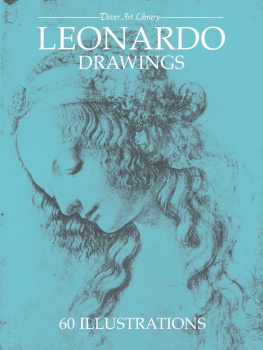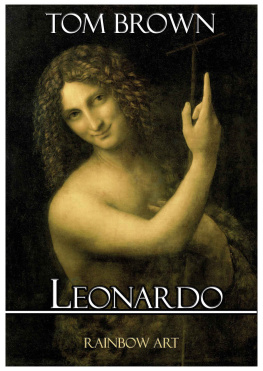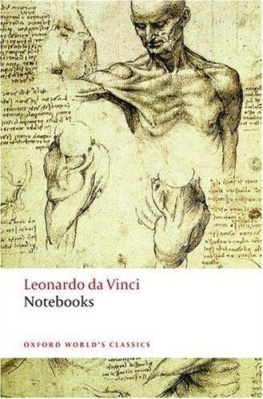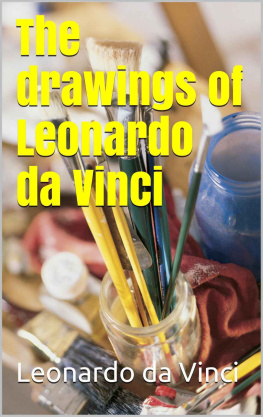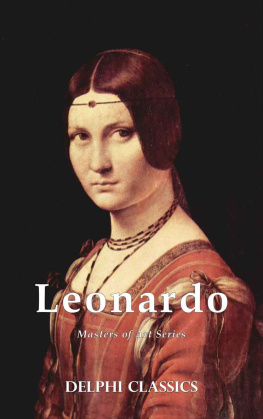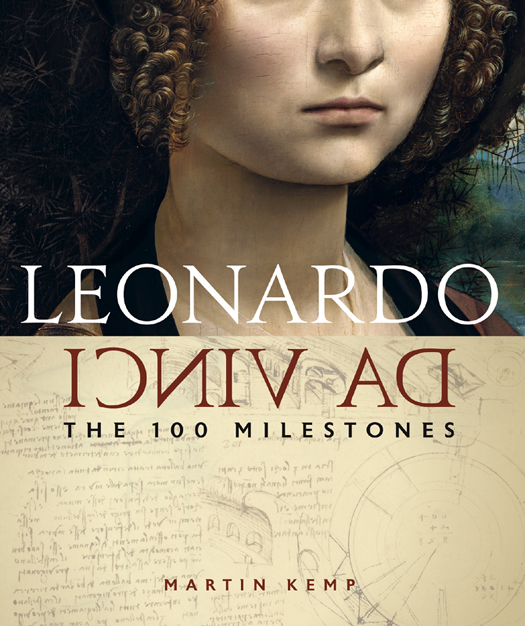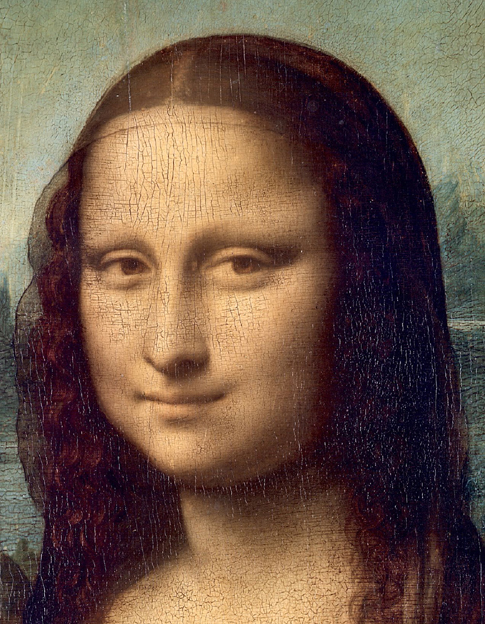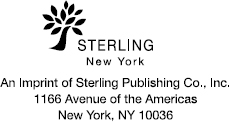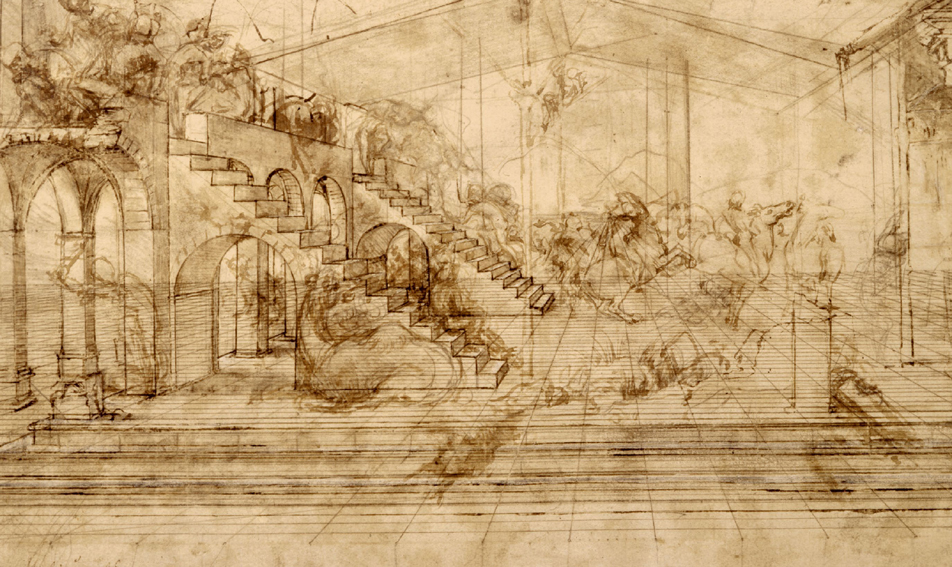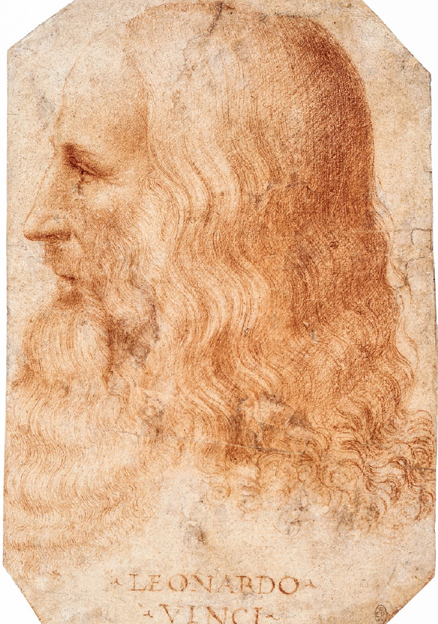STERLING and the distinctive Sterling logo are registered trademarks of Sterling Publishing Co., Inc.
All rights reserved. No part of this publication may be reproduced, stored in a retrieval system, or transmitted in any form or by any means (including electronic, mechanical, photocopying, recording, or otherwise) without prior written permission from the publisher.
For information about custom editions, special sales, and premium and corporate purchases, please contact Sterling Special Sales at 800-805-5489 or .
INTRODUCTION
The illegitimate son of a Florentine notary and a fifteen-year-old orphan, Leonardo was born in the small Tuscan town of Vinci in April 1452. He has risen over the years to become the most famous person in the history of world visual culture.
Brought up in his grandfathers household in Vinci, he entered the workshop of Andrea del Verrocchio as a teenager, where he would have witnessed the making of sculpture in marble, bronze, precious metals, and terracotta. The workshop also produced paintings and designs for textiles and parade armor, and undertook at least one engineering project. The young Leonardo became deeply immersed in the Florentine tradition of the science of art, most notably linear perspective and anatomy.
He remained in the masters workshop at least until he was twenty-four, and his early paintings, such as the Annunciation, can be viewed as products of Verrocchio & Co., even if Leonardo was their sole author. As a rising star he was awarded commissions for two big altarpieces: a Virgin, Child, and Saints for the government palace in 1478; and an Adoration of the Magi for a Florentine monastery. There is no record of progress on the former, and the latter remained unfinished when he left Florence in 1482. This pattern of noncompletion was to become a feature of his career as a painter.
When Leonardo arrived in Milan, he wrote to Duke Ludovico Sforza (il Moro) advertising his services as a military and civil engineer. At the end of the letter he mentions his abilities in painting and sculpture. His first commission in 1483 was to provide painted decorations with two colleagues for a large architectural altarpiece ordered by a confraternity. Leonardos main contribution was the Virgin of the Rocks, which became mired in a dispute that was only resolved in 1508. His activities in Milan embraced painting, sculpture, architecture, and civil and military engineering, often as someone who generated ideas rather than as the hands-on executant. He progressively engaged with a range of sciencesanatomy, optics, dynamics, statics, geology, and mathematics.
He also served as a maestro of visual effects for major courtly celebrations, designing costumes and very expensive stage machinery. His grandest project was a massive bronze equestrian memorial to the dukes father, Francesco Sforza, which reached the stage of a full-scale model and the making of a mold for casting, but was not realized before the fall of his patron in 1499 when the French invaded Milan.
Leonardos output of paintings during his period at the court is modest in quantity but high in innovatory quality. His two highly communicative portraits of the Dukes mistresses reworked the relationship between the sitter and the viewer. The famed Last Supper raised narrative painting to new levels of formal and emotional grandeur.
Portrait of Leonardo da Vinci by a follower, c. 1507.
After his return to Florence, Leonardo embarked on some devotional pictures, including a Virgin, Child, St. Anne, and a Lamb. He was also engaged by Cesare Borgia and the Florentine government as an engineer. Leonardos work on an Arno canal informed his studies of geology, and he decided that the earth had undergone vast transformations over deep periods of time. His great painting project was the Battle of Anghiari for the large new council hall, where he was joined by Michelangelo as a rival. Leonardo began to paint on the wall in an experimental technique, which caused problems, and the unfinished mural was abandoned when he was pressed to return to Milan to serve the French rulers.
During his second period in Florence, Leonardo commenced the Portrait of Lisa del Giocondo, the lost Leda and the Swan, the Salvator Mundi, and another version of St. Anne. He was also deeply engaged in geometry, optics, the science of water, and anatomy (particularly in the dissection of an old man in the winter of 15078).
Working for the French in Milan from 1507 onward, he resumed a range of courtly duties similar to those he performed for Ludovico Sforza. Leonardo seems to have been prized for his remarkable all-around qualities as much as for his practice as a painter. His studies of the skeleton and the muscular system around 1510 and his researches into the working of the heart are high points in the history of anatomical illustration. The records of his activities as a painter around this time are patchy, but the strange and engaging St. John the Baptist may have been begun in this period.
In 1513, he was drawn to Rome to work for Giuliano, the brother of the new Medici pope, again in an all-around capacity, working on a number of projects for his patron and continuing his own researches. His most significant impact was on Raphael, who translated Leonardos innovations in narrative paintings, Madonnas, and portraits in such a way that they reshaped the mainstream of painting for centuries to come.
After three years in Rome, he was invited to France to serve Francis I, who was buying into Italian Renaissance culture. He was housed grandly in the manor house of Clos Luc and paid a substantial salary. Francis regarded Leonardo as a magus, a wise man who was an ornament of the court. The master generated plans for a large palace complex in Romorantin, which exercised a considerable influence on French chateau design.
When Leonardo died in May 1519, his large and diverse stock of manuscripts and drawings were treasured by his aristocratic pupil, Francesco Melzi, who was responsible for assembling what is now called the Trattato della pittura (Treatise on Painting), much of which was drawn from texts that have not survived. An edited version was published in 1651 and served to transmit a selection of Leonardos writings on art to successive generations. Melzis original selection began with the


